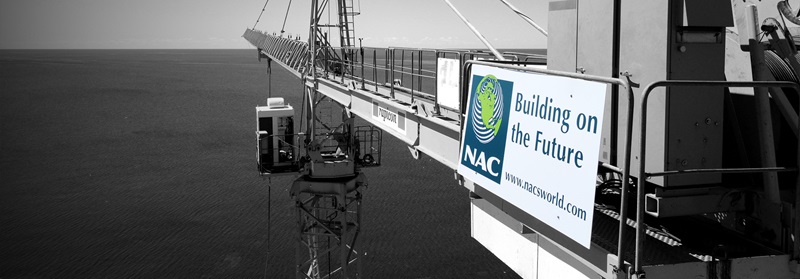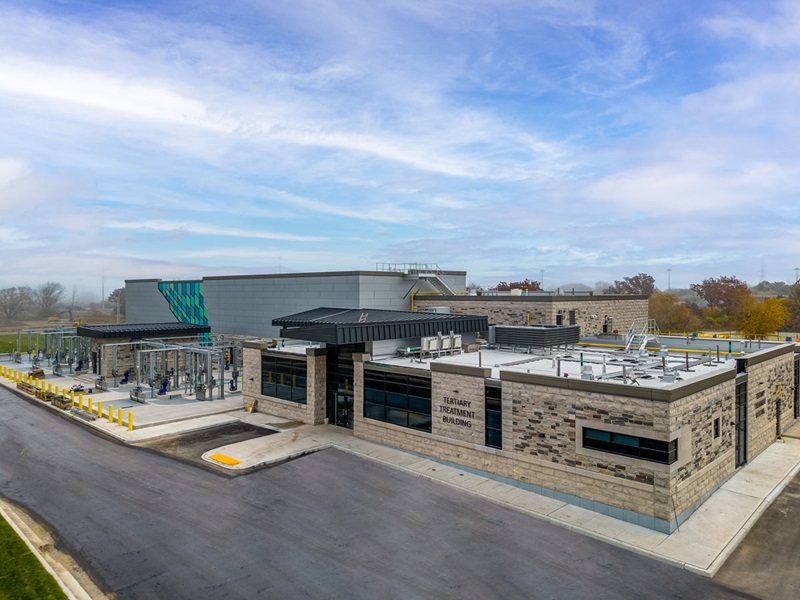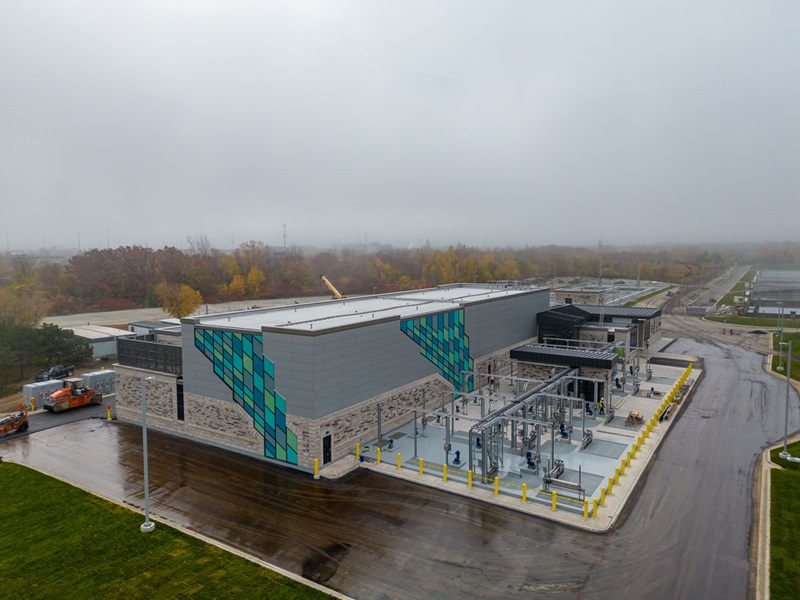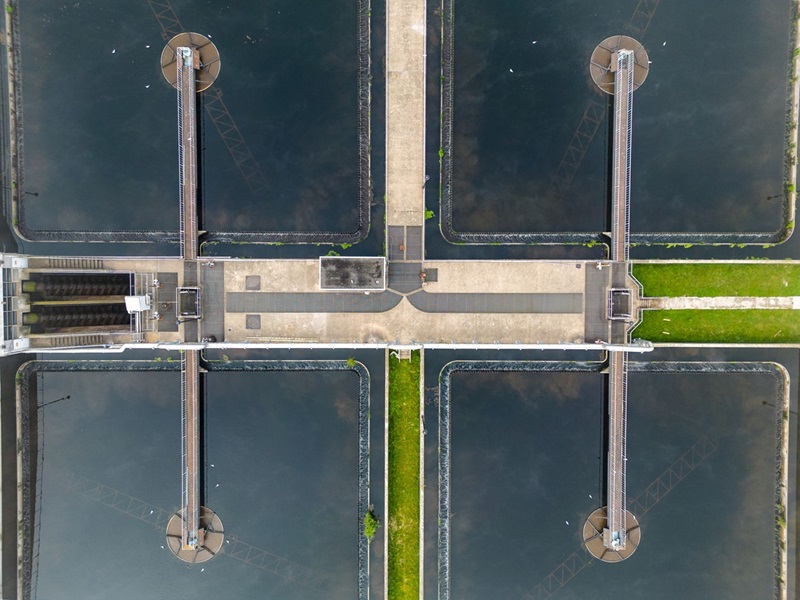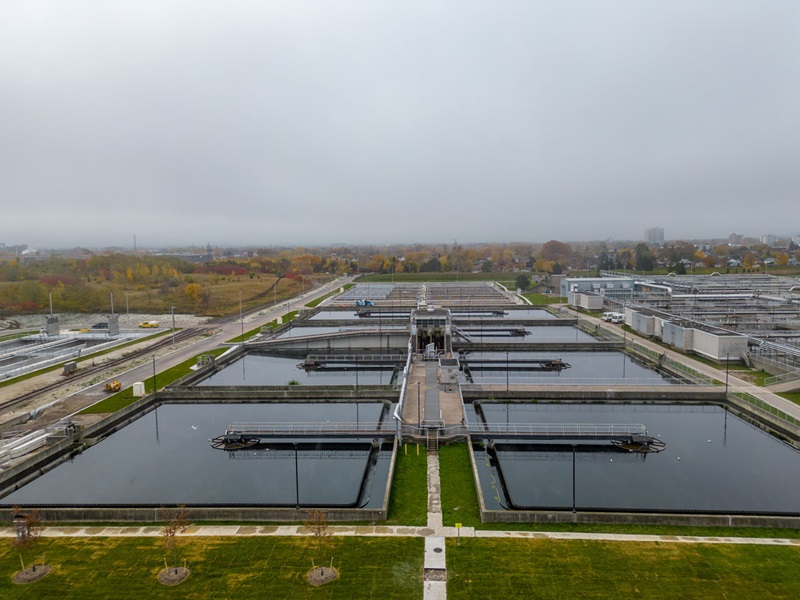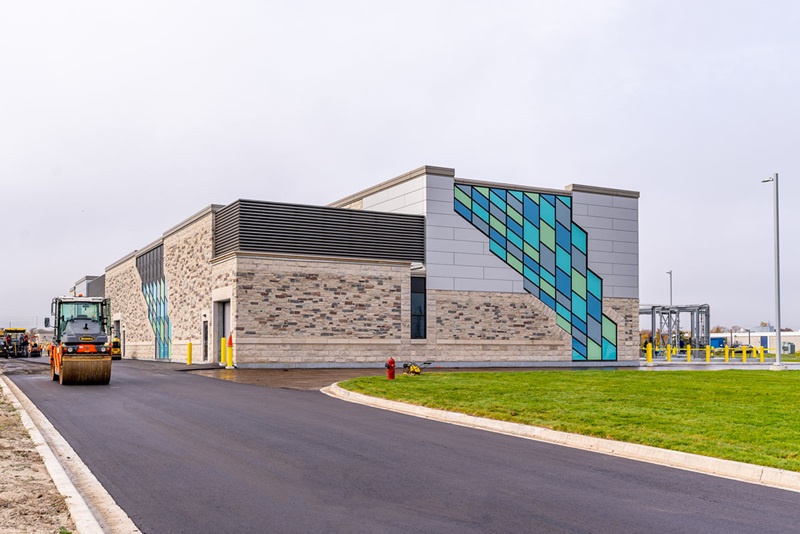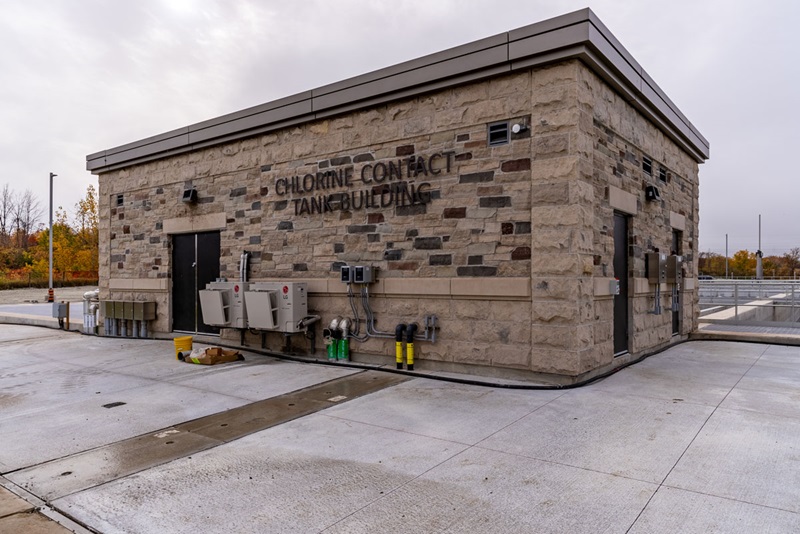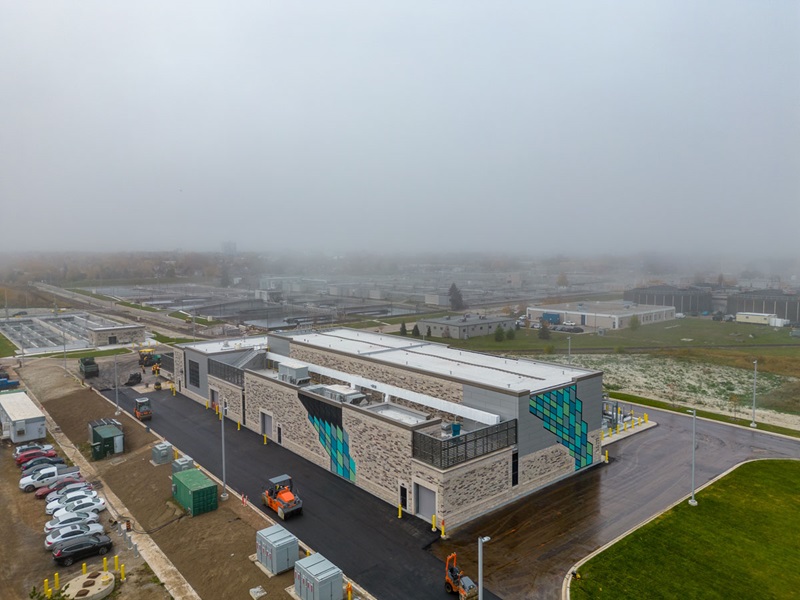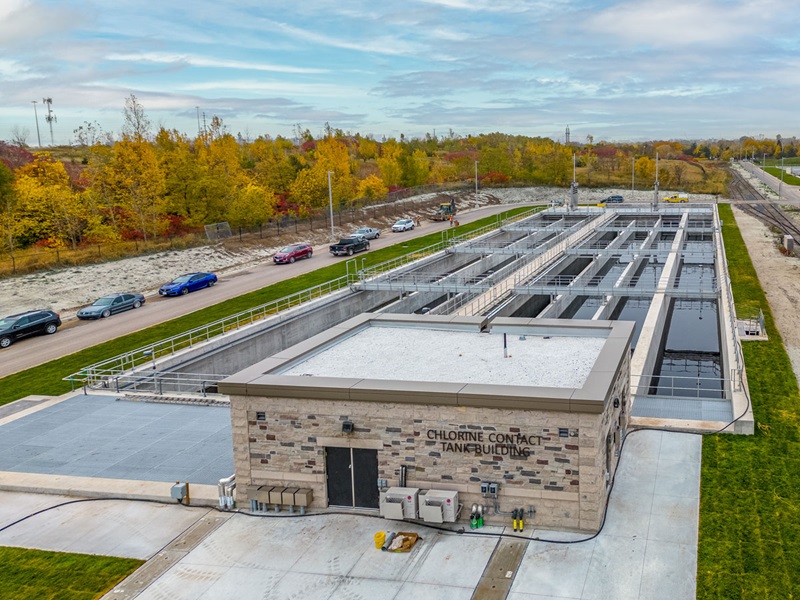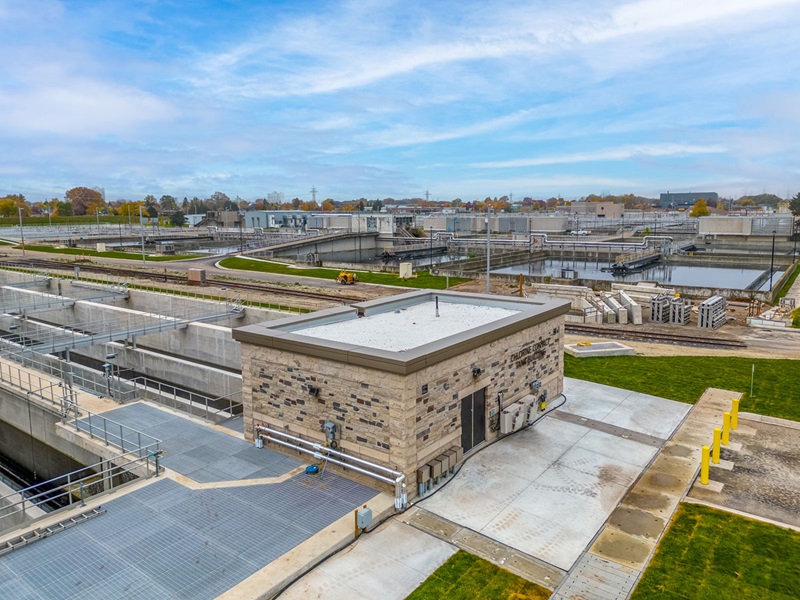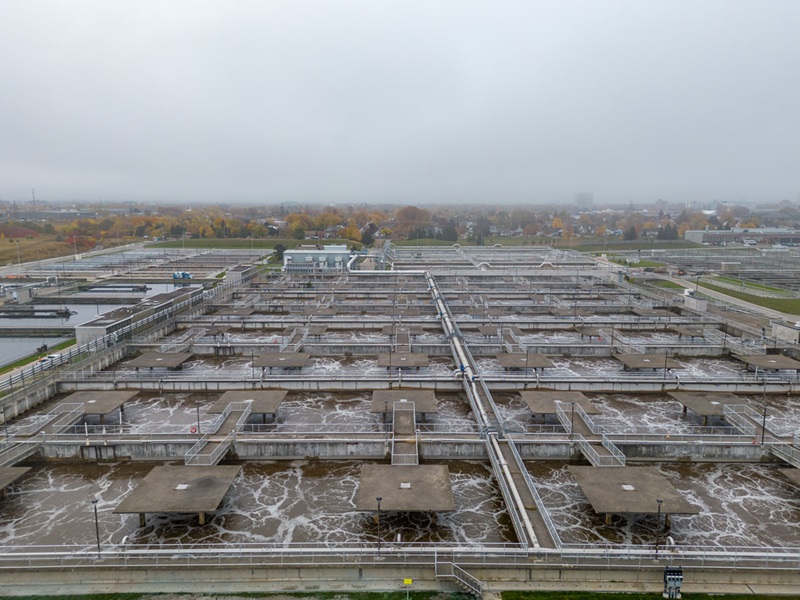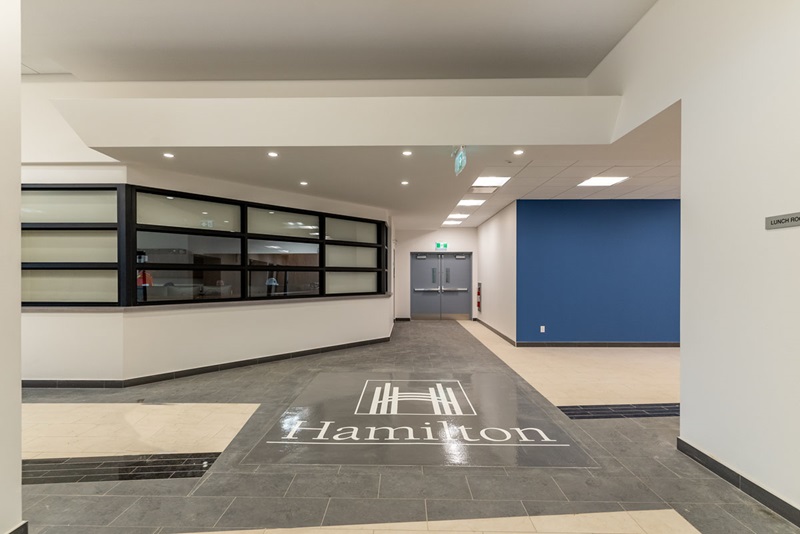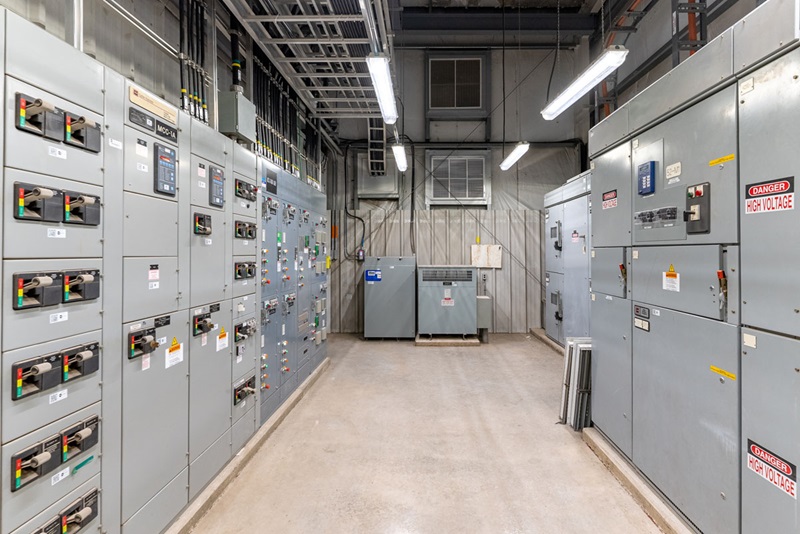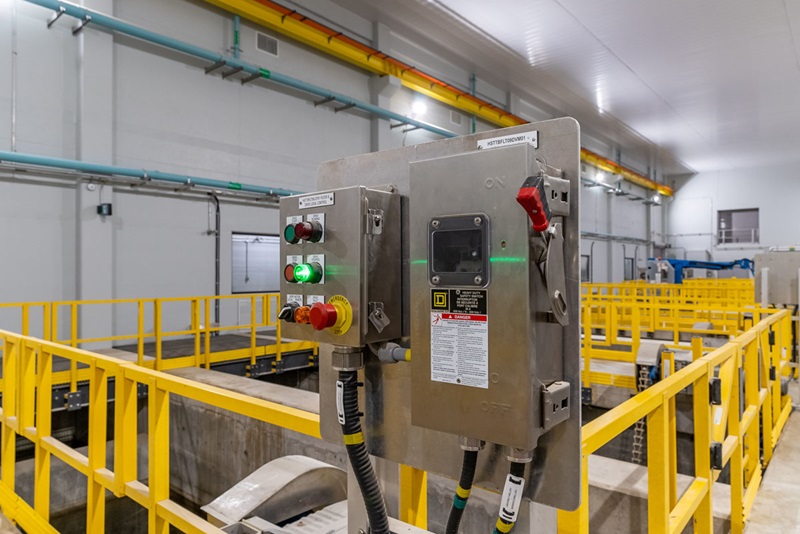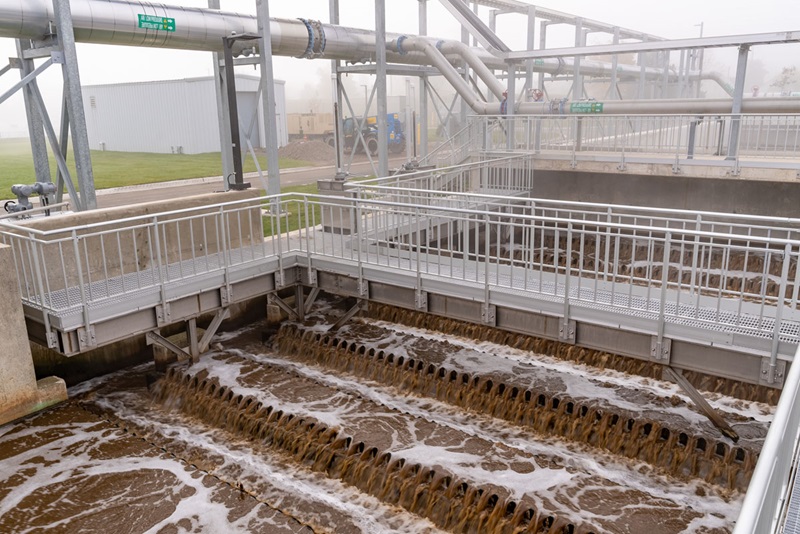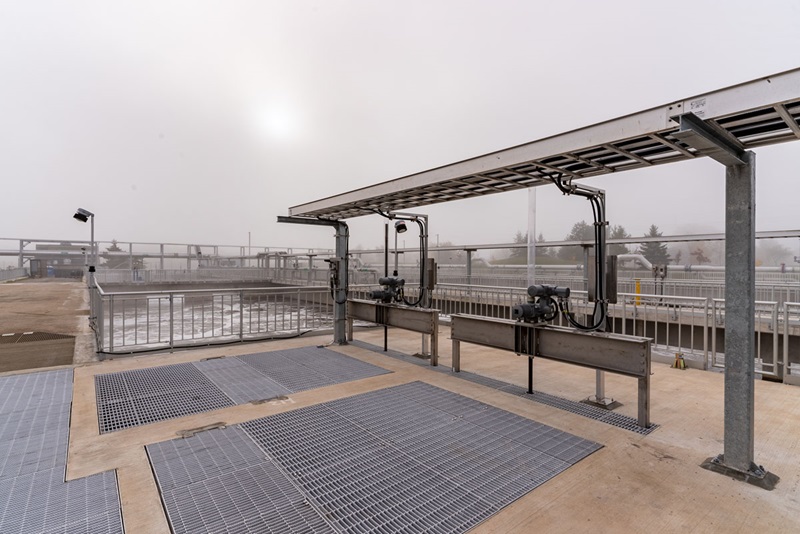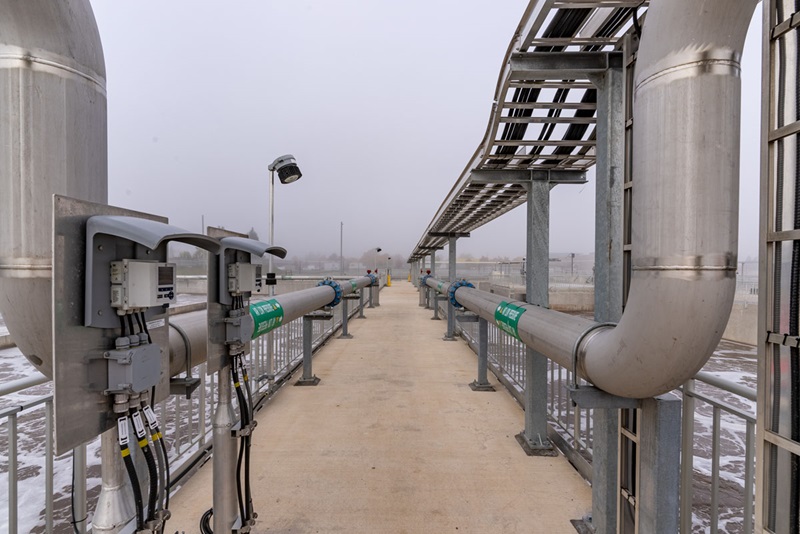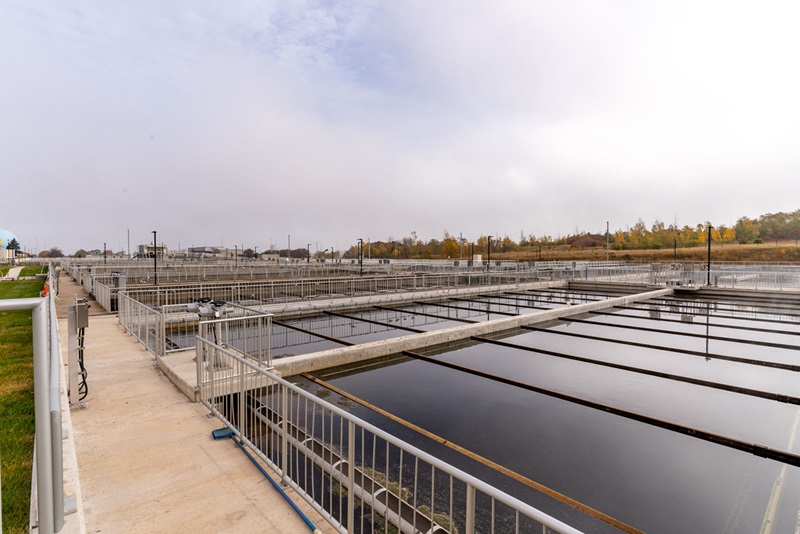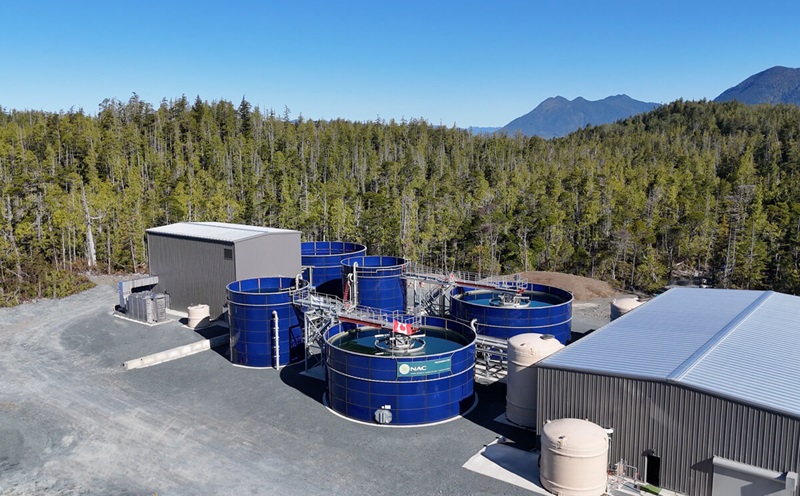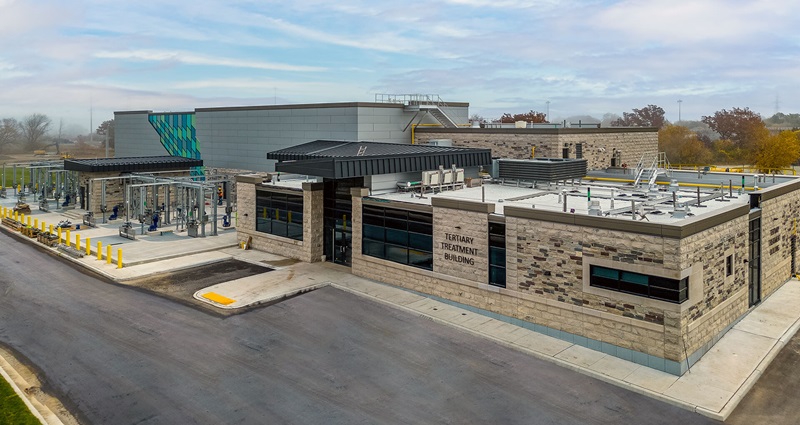
Woodward Ave. Wastewater Treatment Plant
The Woodward Ave. Wastewater Treatment Plant Secondary Upgrades and new Tertiary Treatment Facility included increasing the capacity of the Secondary Plant from 22,000 m3 to 41,100 m3 in order to achieve longer solid retention time and year-round nitrification.
The configuration of the aeration tanks changed from current complete mix to plug flow. In addition to the tank upgrade work, nearly all mechanical and electrical equipment was replaced, including but not limited to, air headers, air distribution system, diffusers, valves, instrumentation.
The south plant clarifiers were also expanded. There were originally four units with a total surface area of 4,860 m2, which was expanded to six units with a total surface area of 7,290 m2. All six tanks received new chain-and-flight systems along with other mechanical, instrumentation and electrical upgrades. A fourth aeration blower was installed in the existing blower building along with upgrades to the blower building, Heating, Ventilation, and Air Conditioning (HVAC), electrical, and architecture. This portion of the project involved staged start-up and commissioning.
The New Tertiary Treatment Facility (TTF) involved the construction of a new disk filtration based TTF. The TTF has 10 trains, each with 24 pre-purchased disk filters sized to treat flows up to approximately 63 MLD. Prior to each filter are dedicated flocculation zones and a coagulation zone, which is common to each of two floc/filter train. The TTF contains chemical storage and dosing facilities, a chlorination system for the effluent water system and laboratory and office spaces. The new building is fed with new utilities and roads and staff parking surround the building.
The project also involved construction of a new Chlorine Contact Tank (CCT) including a new final effluent CCT with contact volume of approximately 10,420 m3, a new influent channel to the CCT from the TTF, installation of dichlorination dosing equipment (SBS) in the existing chemically enhanced primary treatment (CEPT) building, new SBS piping from the CEPT Building to the CCT and a new double-box conduit outfall from new CCT to Red Hill Creek.
The final significant portion of the project involved significant modifications to Red Hill Creek. Modifications to Red Hill Creek were required to mitigate the increased erosion potential associated with the increased daily discharge along an approximate 1 km reach between the existing and new plant outfall. The work included creek widening, restoration, and integration of energy dissipation features.
The Woodward Upgrades Project has received priority funding support from the federal and provincial governments under the Green Infrastructure Fund (GIF).
Project Delivery Methods:
Project Sectors:
Project Services:
Project Owner:
- City of Hamilton
Project Consultant:
- CH2M Hill Canada (Jacobs)
By the Numbers
-
average day capacity 500 ML/d
-
expected to remove approximately 6,100 tonnes of ammonia from the aquatic ecosystem over the first 10 years post-construction
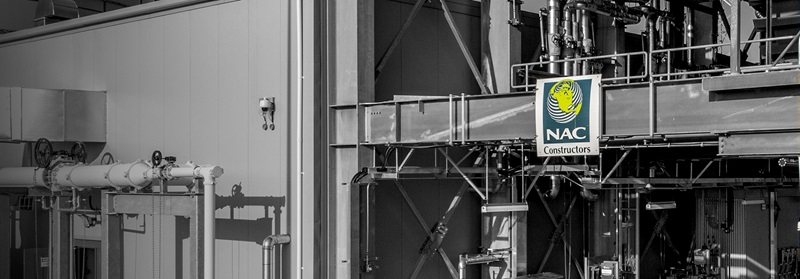
Related Projects
-
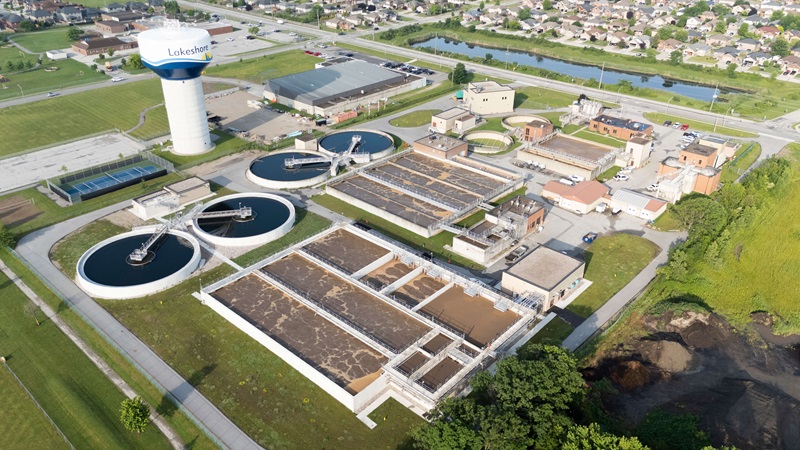
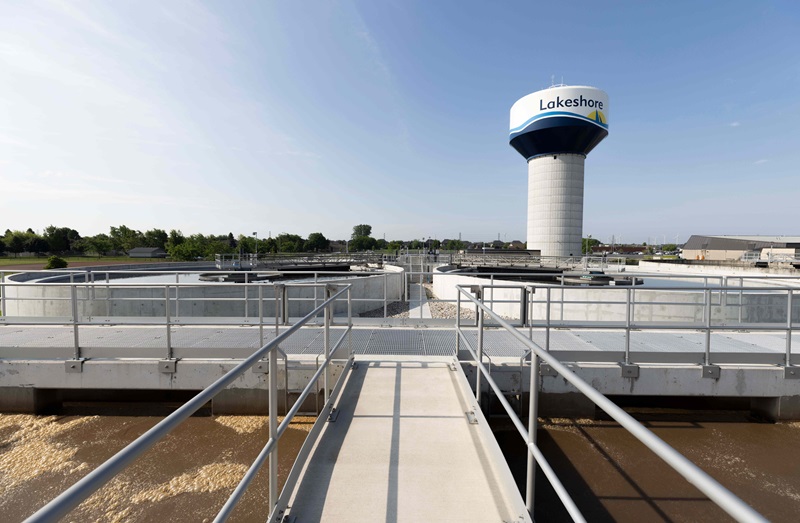
Denis St. Pierre Water Pollution Control Plant Expansion
Lakeshore,
Ontario -
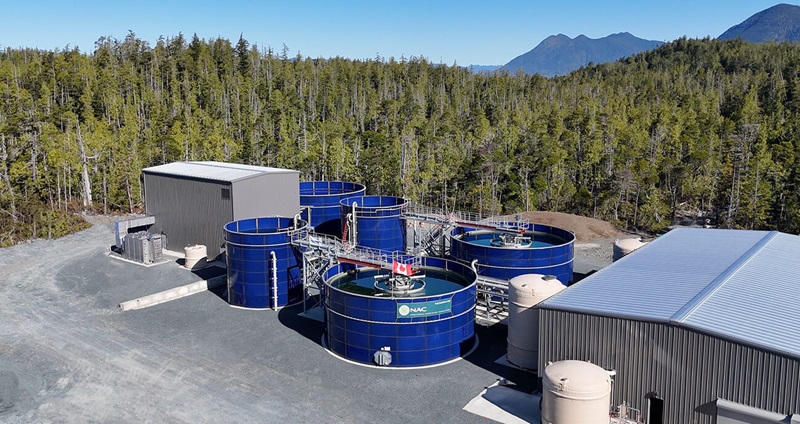
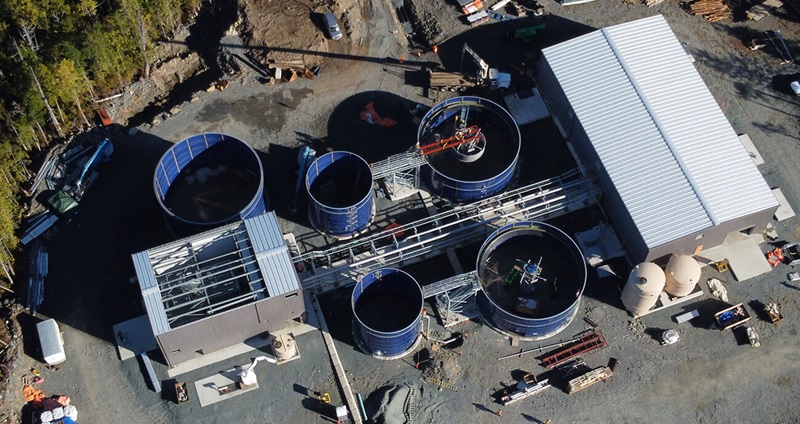
Tofino Wastewater Treatment Plant
Tofino,
British Columbia -
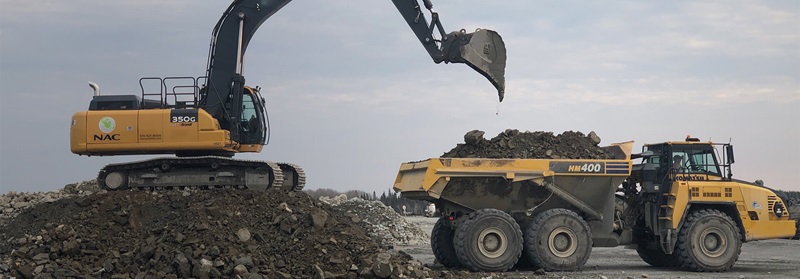
Arnprior Water Pollution Control Center Expansion
Arnprior,
Ontario
